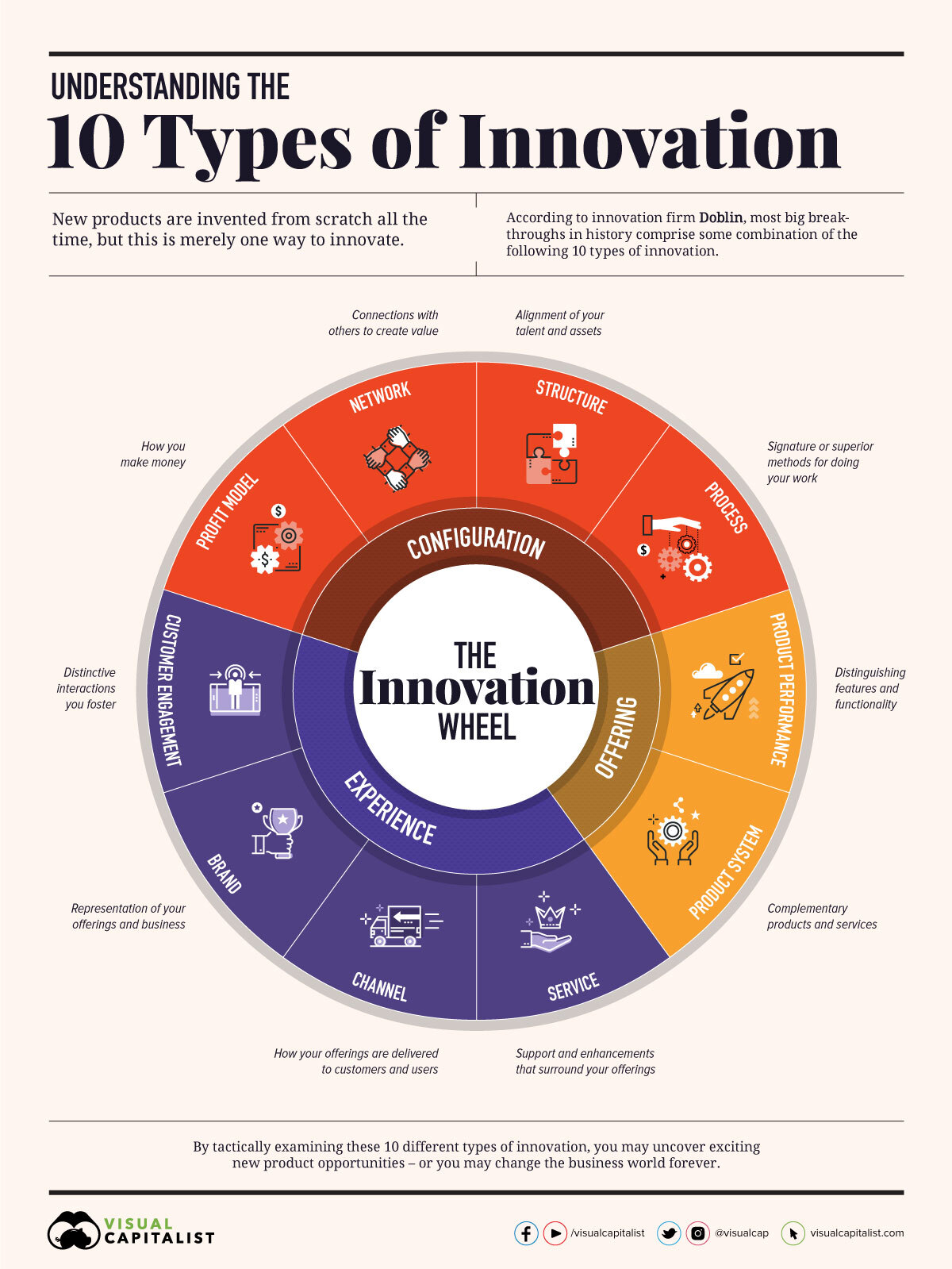Forth: A Versatile and Powerful Programming Language

Forth is a stack-based, interactive programming language renowned for its simplicity, efficiency, and extensibility. It empowers developers to create highly efficient and flexible software applications across various domains.

Innovation through Simplicity

Forth’s minimalist syntax and postfix notation make it remarkably easy to learn and use. Unlike other languages that require complex syntax and structures, Forth relies on simple commands that are stacked on a data stack. This intuitive design fosters rapid development and quick iterations, promoting innovation and experimentation.
Exceptional Efficiency
Forth code generates highly optimized machine code, resulting in exceptional performance. By compiling and executing code directly from memory, Forth eliminates the need for run-time interpreters or virtual machines. This efficiency enables the creation of lightweight and responsive applications, even on embedded systems with limited resources.
Extreme Extensibility
Forth’s metaprogramming capabilities allow developers to extend the language itself. New data types, operators, and even control structures can be defined and integrated into the core language. This flexibility empowers users to tailor Forth to their specific project requirements, creating highly customized and domain-specific solutions.
Areas of Application
Forth’s versatility extends to a wide range of application areas, including:
- Embedded Systems: Developing real-time, resource-constrained systems for microcontrollers and IoT devices.
- Operating Systems: Creating custom operating systems or extending existing ones to optimize performance and functionality.
- Numerical Computing: Performing complex mathematical calculations and simulations with high precision and speed.
- Graphics Processing: Developing high-performance graphics and image processing applications.
- Robotics: Controlling and programming robotic systems with efficient code and real-time responsiveness.
Benefits of Using Forth
- Swift development due to its simplicity and direct memory execution.
- Code compactness, resulting in smaller and faster applications.
- High performance and efficiency for resource-intensive tasks.
- Extreme flexibility and extensibility for custom solutions.
- Active community and extensive online resources for support and collaboration.
Conclusion
Forth is a transformative programming language that unleashes innovation and efficiency for software developers. Its simplicity, performance, and extensibility make it an ideal choice for creating cutting-edge applications in various domains. Whether you’re an experienced programmer or a novice, Forth empowers you with the tools to build robust and efficient software systems.## Forth: The Language Of Innovation And Efficiency
Executive Summary
Forth is a stack-based, concatenative programming language designed for extensibility and efficiency. Its unique design and powerful features make it an ideal choice for developing a wide range of applications, from embedded systems to operating systems. This article explores the key aspects of Forth, highlighting its innovative language constructs and emphasizing its advantages for software development.
Introduction
Forth is a high-level programming language that stands out due to its simplicity, elegance, and versatility. Its distinctive postfix notation and stack-based architecture allow for efficient and concise code, making it a preferred choice for applications that demand performance and resource optimization.
FAQs
-
What is the unique feature of Forth?
- Forth’s postfix notation and stack-based architecture set it apart.
-
Why is Forth efficient?
- Forth’s compact code and direct manipulation of the stack minimize overhead and execution time.
-
What types of applications are suitable for Forth?
- Forth excels in embedded systems, operating systems, and applications requiring speed and efficiency.
Top 5 Subtopics
1. Stack-Based Architecture
- Stack Manipulation: Forth operates primarily on a stack, simplifying data management and reducing memory overhead.
- Efficient Memory Usage: Stack-based operations eliminate the need for complex memory management algorithms.
- Reduced Code Complexity: Stack-based operations enable straightforward and concise code, minimizing development time.
- Portability: Forth’s stack-based architecture facilitates easy porting across different platforms.
2. Postfix Notation
- Intuitive Syntax: Postfix notation simplifies code readability and comprehension.
- Reduced Parentheses: The postfix notation eliminates the need for parentheses, enhancing code clarity.
- Enhanced Performance: Postfix notation optimizes code execution by minimizing parsing and interpretation overhead.
- Efficient Error Handling: Postfix notation aids in error detection and handling due to its explicit operand order.
3. Extensibility
- User-Definable Operators: Forth allows users to create and extend its functionality by defining custom operators.
- Modular Design: Forth’s modular architecture enables the easy addition and removal of new features.
- Rapid Development: Extensibility supports rapid prototyping and agile development methodologies.
- Community Contributions: A vast community of Forth enthusiasts provides libraries and extensions, expanding its capabilities.
4. Efficiency
- Minimal Overhead: Forth’s compact code and efficient stack operations minimize runtime overhead.
- Direct Memory Access: Forth provides direct access to memory, optimizing performance for memory-intensive applications.
- Native Code Generation: Advanced Forth implementations generate native code, maximizing execution speed.
- Deterministic Execution: Forth’s stack-based architecture ensures deterministic execution, enhancing reliability.
5. Versatility
- Diverse Applications: Forth’s efficiency and extensibility make it suitable for a wide range of applications.
- Embedded Systems: Forth’s compact size and real-time capabilities make it ideal for embedded systems.
- Operating Systems: Forth’s efficiency and multitasking support enable the development of high-performance operating systems.
- Scientific Computing: Forth’s stack-based architecture and extensibility support complex scientific computations.
Conclusion
Forth’s innovative design and powerful features have made it a valued programming language for decades. Its stack-based architecture, postfix notation, extensibility, efficiency, and versatility empower developers to create high-performance, reliable, and maintainable applications. As technology continues to advance, Forth remains a relevant and sought-after language for developers seeking speed, efficiency, and innovation.
Relevant Keyword Tags
- Forth Programming Language
- Stack-Based Architecture
- Postfix Notation
- Extensibility
- Efficiency

